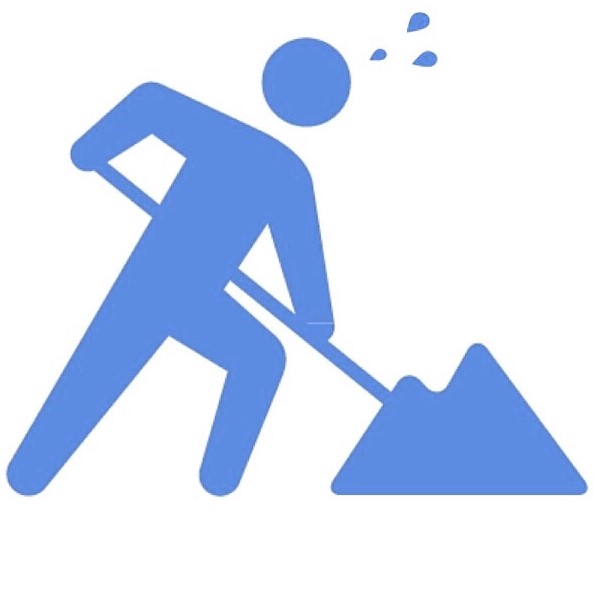What is heatstroke
 What is heatstroke?
What is heatstroke?◎ What is heatstroke
Heatstroke is a collective term for a variety of health hazards that develop when our bodies cannot adjust in a hot and humid environment.
〇 Type of heatstroke
Heatstroke can be divided into two types- exertion and non-exertion.
Individuals have exertional heatstroke due to physical labor and sports in hot places. On the other hand, individuals can have non-exertional heatstroke when you spend a long time in hot places. In the chart below, you can see the differences in causes, sex and age of the two types of heatstroke.

(Based on:平成26年度環境省熱中症に係る自治体等担当者向け講習会資料)
〇 Symptom
Heatstroke has various symptoms. Any of the following symptoms could be a sign of heatstroke.
Level 1:Dizziness of Faint
Dizziness, faint and developing a hot flush are all possible signs of heatstroke. It is easy to happen when you are working for a long time or doing sports in hot weather.
Level 2:Muscle Pain and Muscle Cramps
Heatstroke may cause the muscles to cramp up. People may also experience muscular twitching. You are at a risk of heatstroke if you sweat a great deal during exercise and drink large amount of water or other fluids that lack salt.
Level 3:Abnormal Perspiration
Sweating is a normal reaction when your body works harder and needs to cool it down. If you have hyperhidrosis Abnormal Perspiration, you may sweat heavily for no reason or not sweat at all even when you feel hot-when you cannot adjust to the temperature or your body temparature cannot be cooled down.
Level 4:Listlessness and Nausea
Heatstroke sufferers may feel tired and lacking in energy. It happens when you sweat a lot and the body's moisture runs short.
Level 5:Not Responding when Someone Talks to you or High Body Temperature
A heatstroke sufferer may give a strange response. The body temperature rises, the central function becomes abnormal state, and heatstroke occurs.
〇 Which generation is easier to get heatstroke?
The following pie chart shows the percentage of people aired by ambulance due to heatstroke. About half of the patients are occupied by elderly people. It indicates that the elderly are more likely to get heatstroke.
Given the population by age, one in about 150 (0.605%) among elderly, one in about 250 (0.425%) among adolescents, one in about 500 (0.207%) of adults, one in about 2,500 people (0.049%) among infants and newborns, is being carried by EMS due to heatstroke.

(Based on:総務省消防庁熱中症による救急搬送人員数に関するデータ)
〇 Please note these places and days
It is not only a hot day when you can get heatstroke. In order prevent heatstroke, it is important to know what kind of places, and what kind of days to pay attention to, and take strategies.
・Places with strong sunshine
・Places where the hot stuff such as furnace is nearby
・Places with no air-conditioning system
Attention should be paid to the following kind of days: ・Days with maximum temperature over 30 ℃
・The next day of tropical night (minimum temperature is 25℃ or higher at night)
・Exceptionally or unusually hotter days compared to the average temperature
・Days with strong sunlight
・Highly humid days
・Days with light wind (According to:熱中症環境保全マニュアル)
